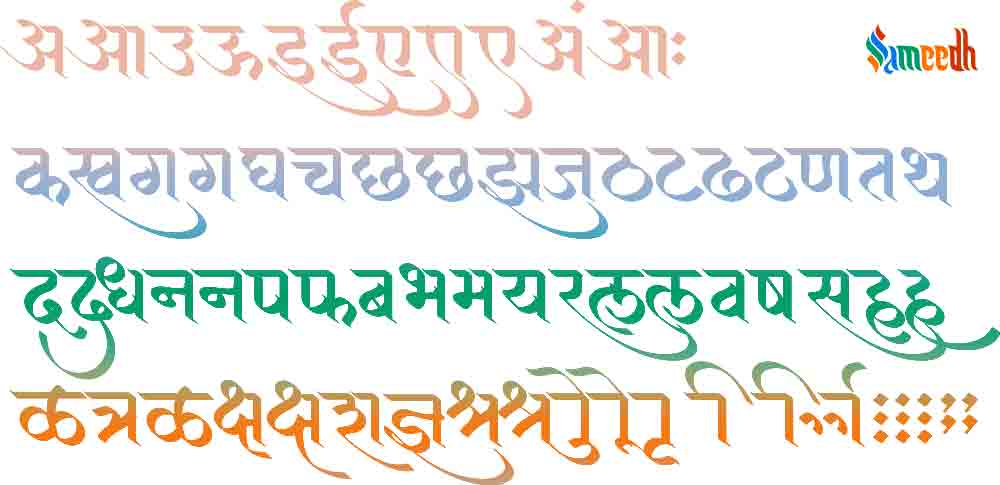This blogpost elucidates the importance and meaning of Vyakaran. It traces the evolution of Vyakaran and the purpose of its creation. It will help the reader better understand the wisdom of the Vedas.

Vyakaran is one of the six Vedangas, or “limbs” of the Vedas, and is the discipline of Sanskrit grammar. The term “Vyakarana” comes from the Sanskrit root “vi-√kṛ,” meaning “to explain” or “to analyze,” and it refers to the systematic study and analysis of the rules that govern the Sanskrit language.
ORIGIN
The need for Vyakaran
According to Rishi Katyayan, Vyakaran came into being for the sole purpose of removing incorrect pronunciation of Sanskrit and protect the correct understanding and teachings of the Vedas. Vyakaran is one of the six components of the Vedas. Vyakaran is the grammar of the Vedas. It is extremely crucial that the texts are read with proper pronunciation and respect to the rules of the vyakaran, so that the correct essence can be understood.
ETYMOLOGY
The Meaning of the Word
Vyakaran, the word can be broken down into two basic parts. The first part means splitting and differentiation and the second part means, sum or combination. So, basically Vyakaran sugvgests breaking up of basic building parts of a language and then combining them to form correct and appropriate words to read and understand Sanskrit and Vedas better.
SIGNIFICANCE
The Importance of Vyakaran for our Hindu Philosophy
The origin of Vyakaran was conceptualized by Panini and Yaska. They were linguists and grammarians of the ancient times. The first effort to understand the Vyakaran can be traced to as early as 1st BCE. However, the first proper text that included the concept of Vyakaran was witnessed in 5th BCE in the text of Panini called Astadhyayi. Panini and Yaska understood the importance of correct reading of the Vedas and wanted to protect the wisdom and sanctity of the Vedic texts.
ANCIENT PRACTICE
The Grammar that travelled many ages
In the most important and detailed text, Astadhyayi, Panini elucidates the whole science of Vyakaran and how it needs to be written and read. The text exists in the form of Sutras and has eight chapters. Other scholars across the ages who have conceptualized and coded the science of Vyakaran in proper texts are Bhattoji Dikshita, Sakalya, Yasaka and Kaiyata. They devised and improvised the science and rules of Vyakaran. They wrote elaborate texts with thousands of shlokas to better understand the language Sanskrit and texts of the Vedic age.
MODERN USAGE
The Scientific Grammar of the modern times
Vyakaran is a subject and science of importance. It is being understood and analysed to understood vedic texts better and understand the life and age of ancient times. It is being used to understand many other subjects like Mathematics and Science. It has become increasingly important because Vyakaran as a subject helps historians, archaeologists, scientists and mathematicians to better understand the past and discover any piece of knowledge that might help understand the world better.
NATIONAL AND INTERNATIONAL USAGE
The most researched grammar
The world of modern languages and linguists are reading Sanskrit better by understanding Vyakaran better. It helps them improvise their understanding of the other languages as well as civilizations and texts of different times. The Vyakaran that was codified over the ages is still being simplified and taught in different schools and at different levels. The understanding of Vyakaran helps build an analytical mindset and helps the students grow their understanding Sanskrit with the help of the rules of Vyakaran.
Vyakaran: The key to understanding universe and wisdom
The need for establishment of Vyakaran by Panini and Yasaka was well understood and emphasized. Their efforts have led us to understand the vedic age and wisdom better.
To understand more about the different concepts and disciplines of Hindu culture, keep reading posts on our blog Sameedh and enlighten yourself.